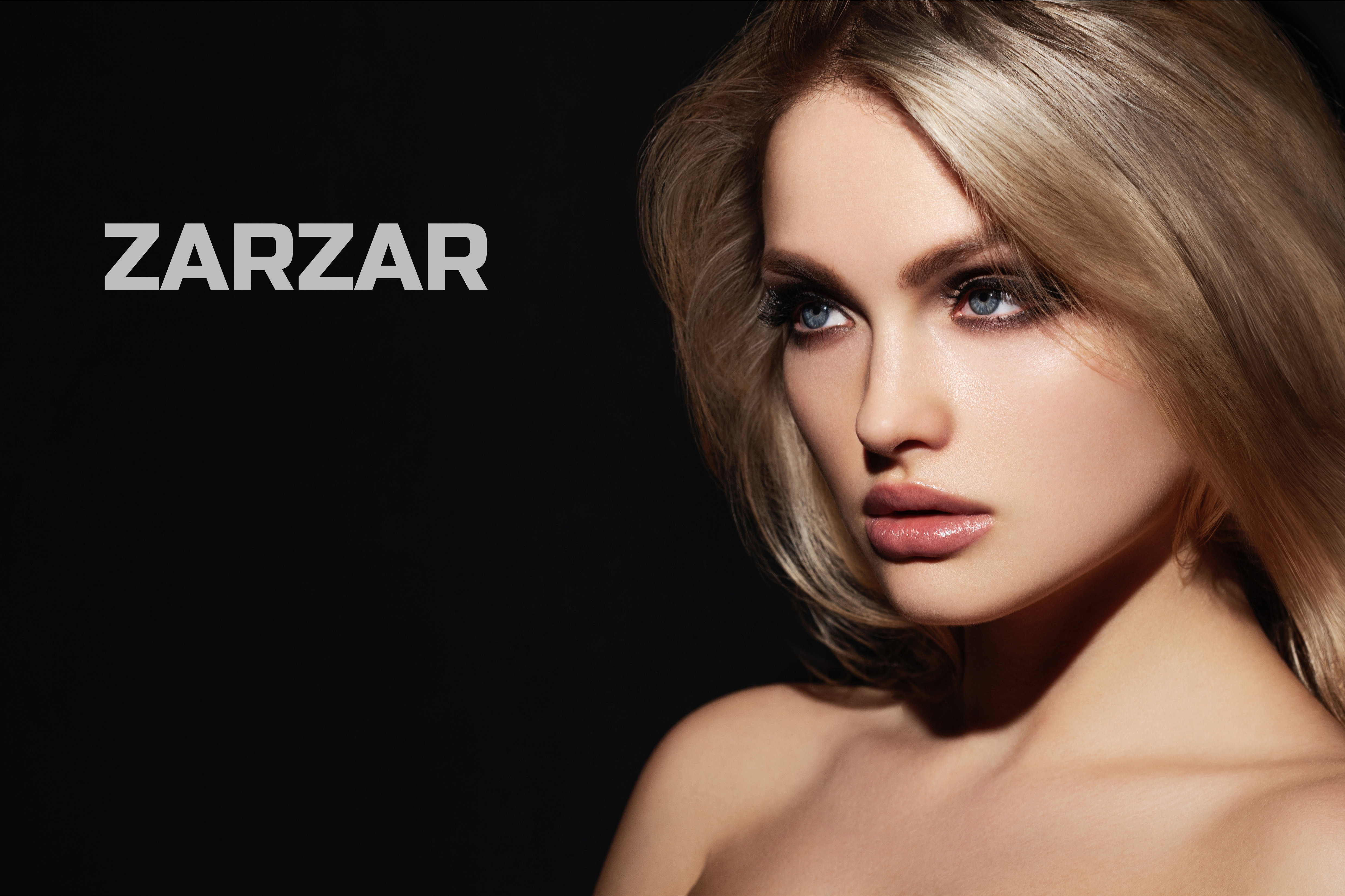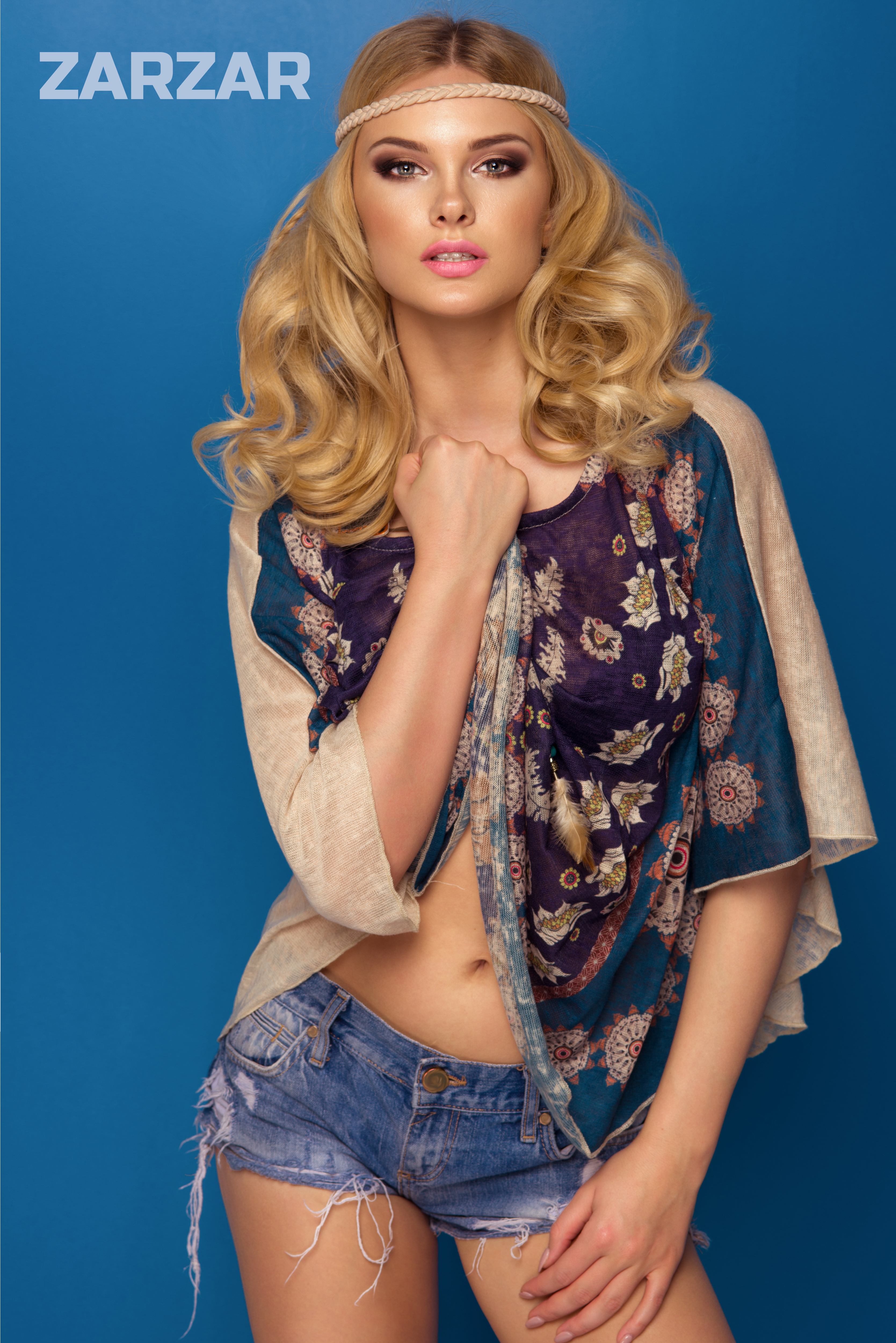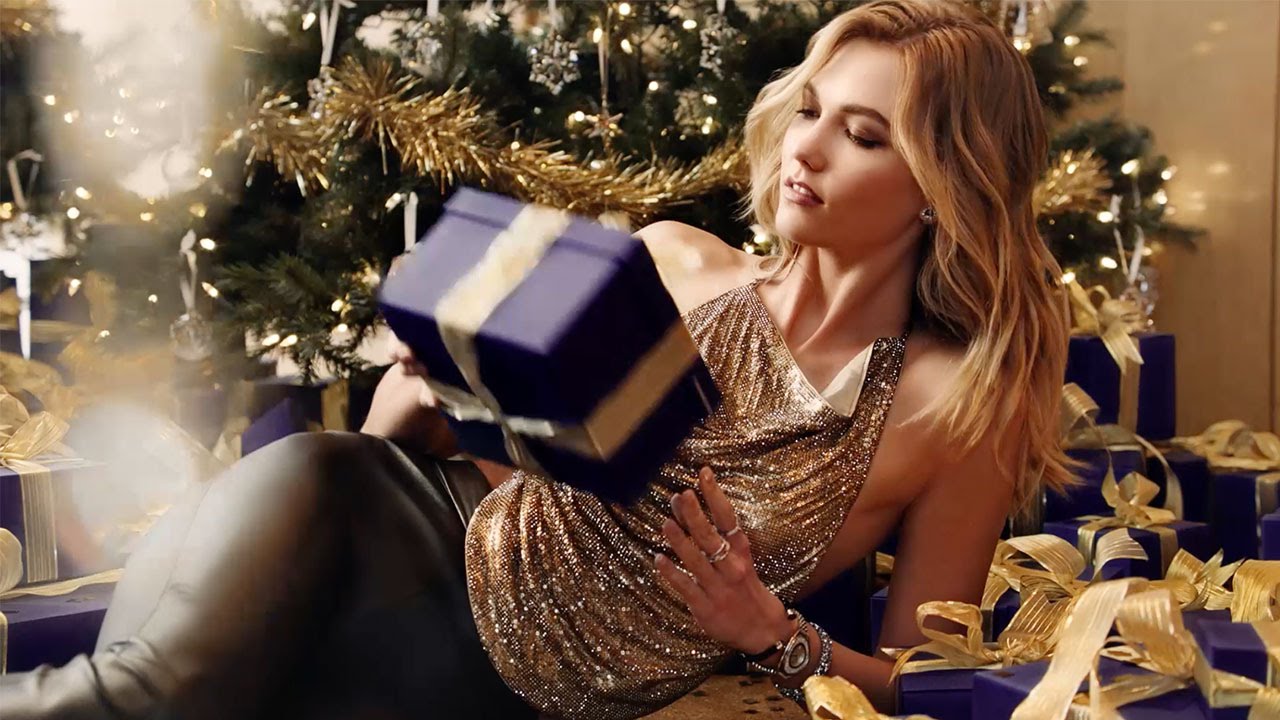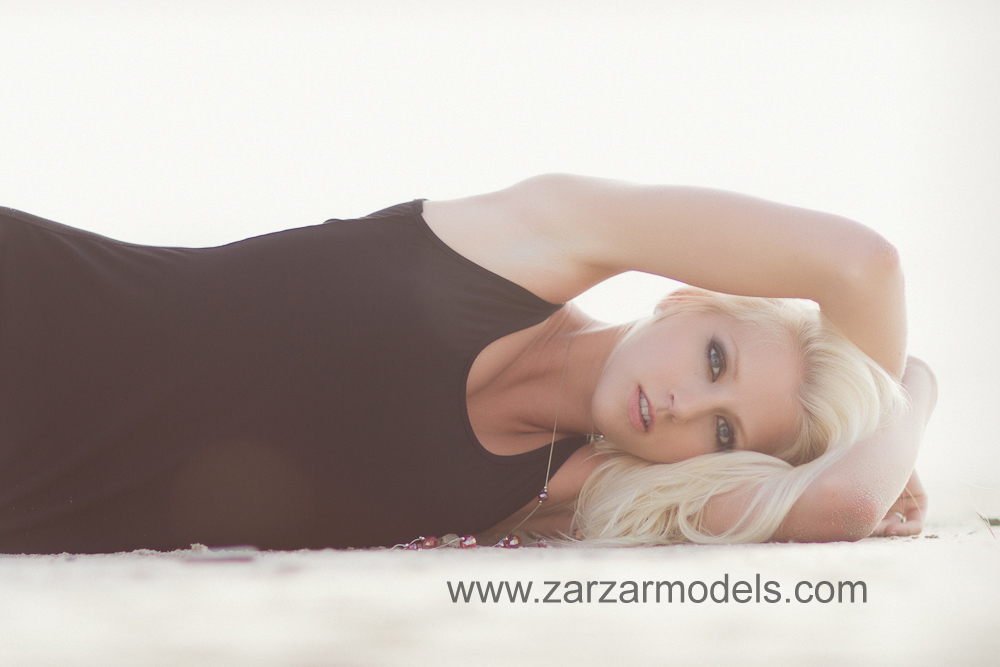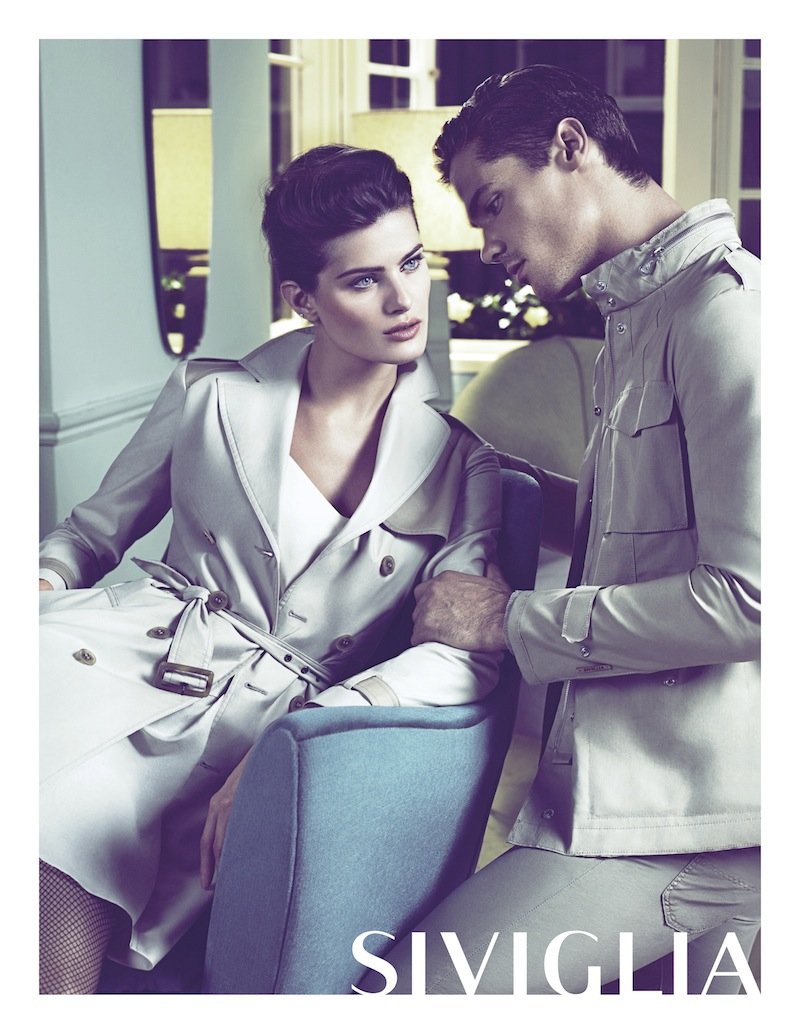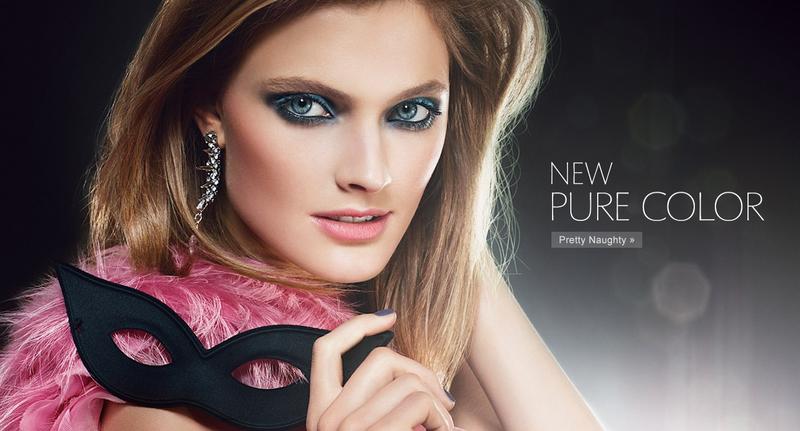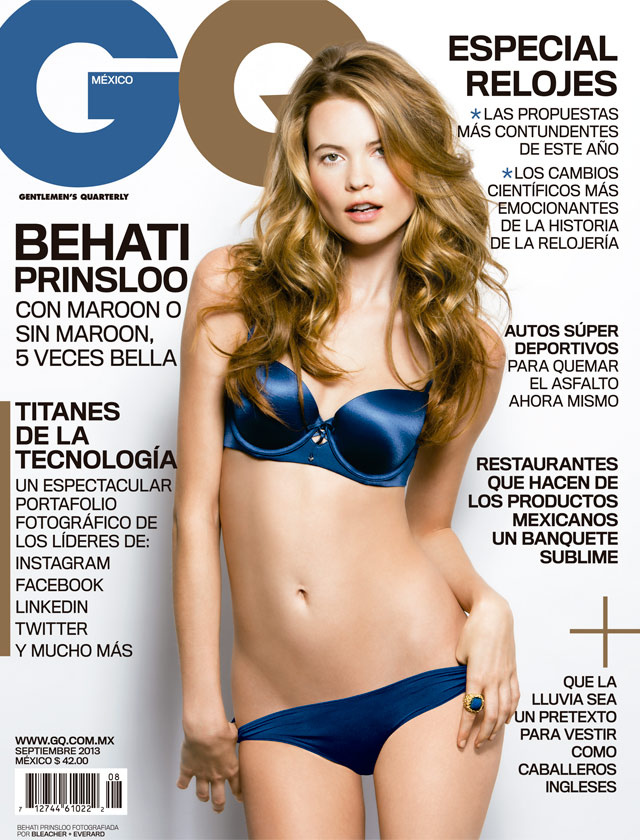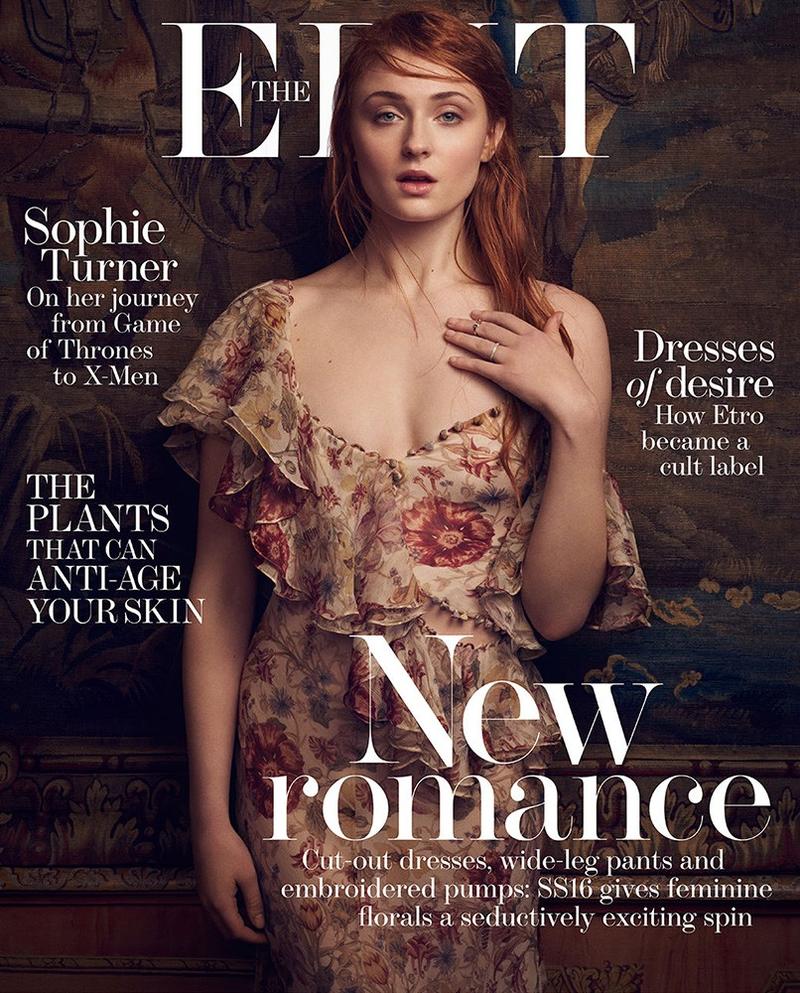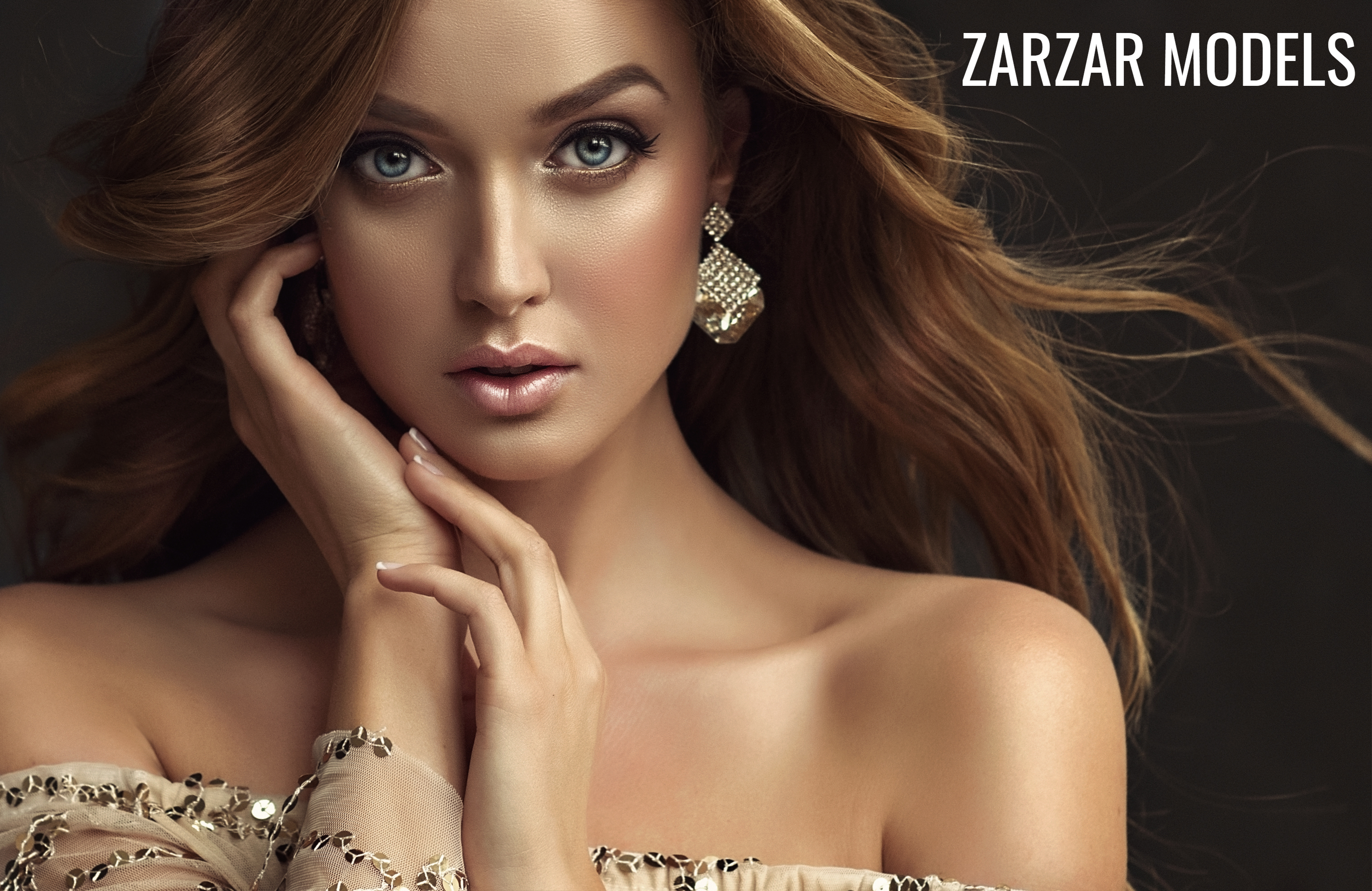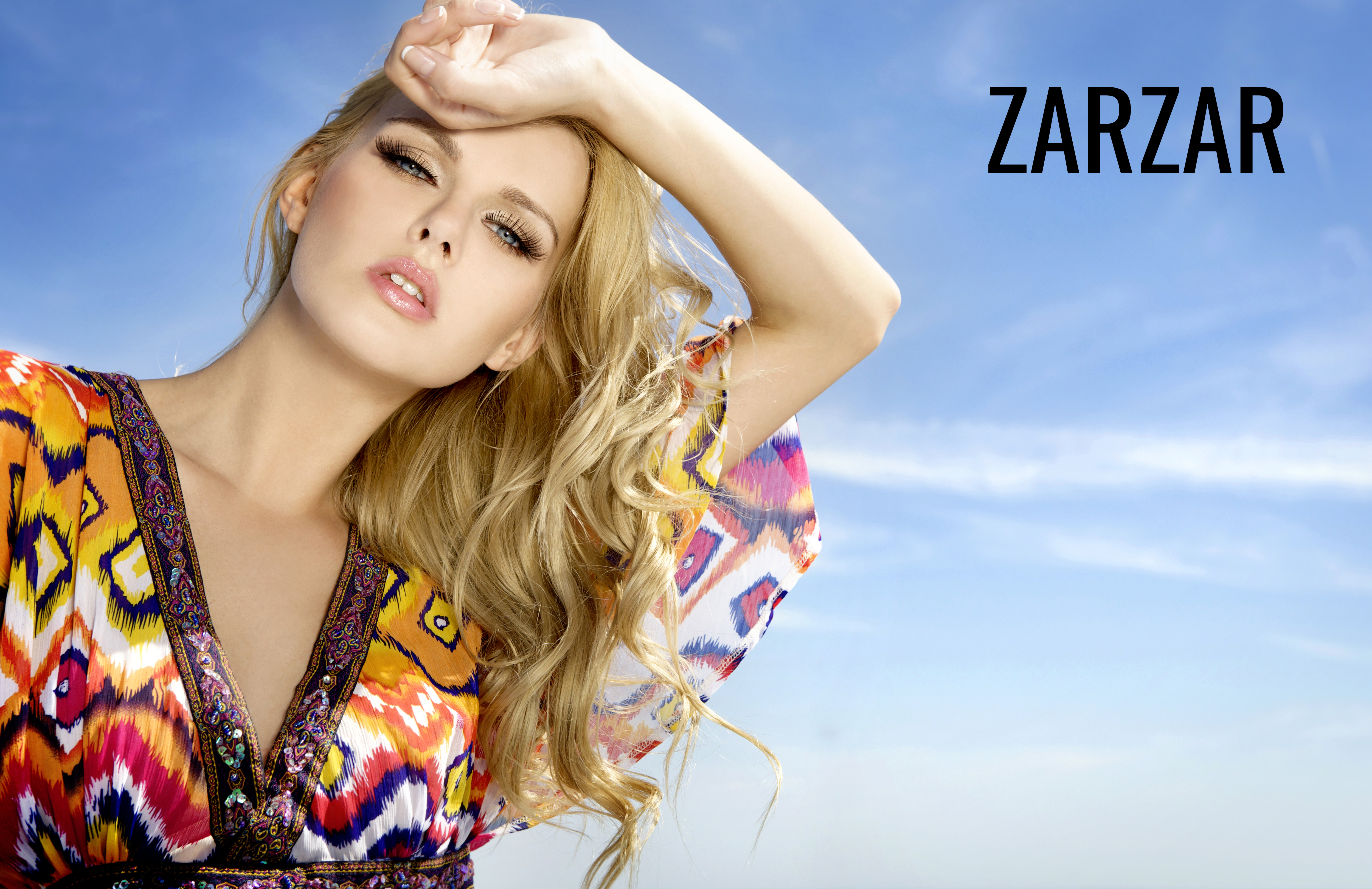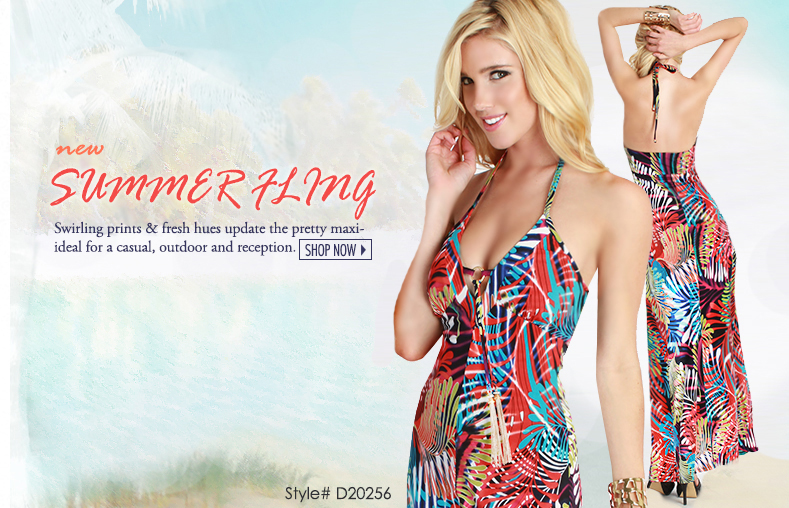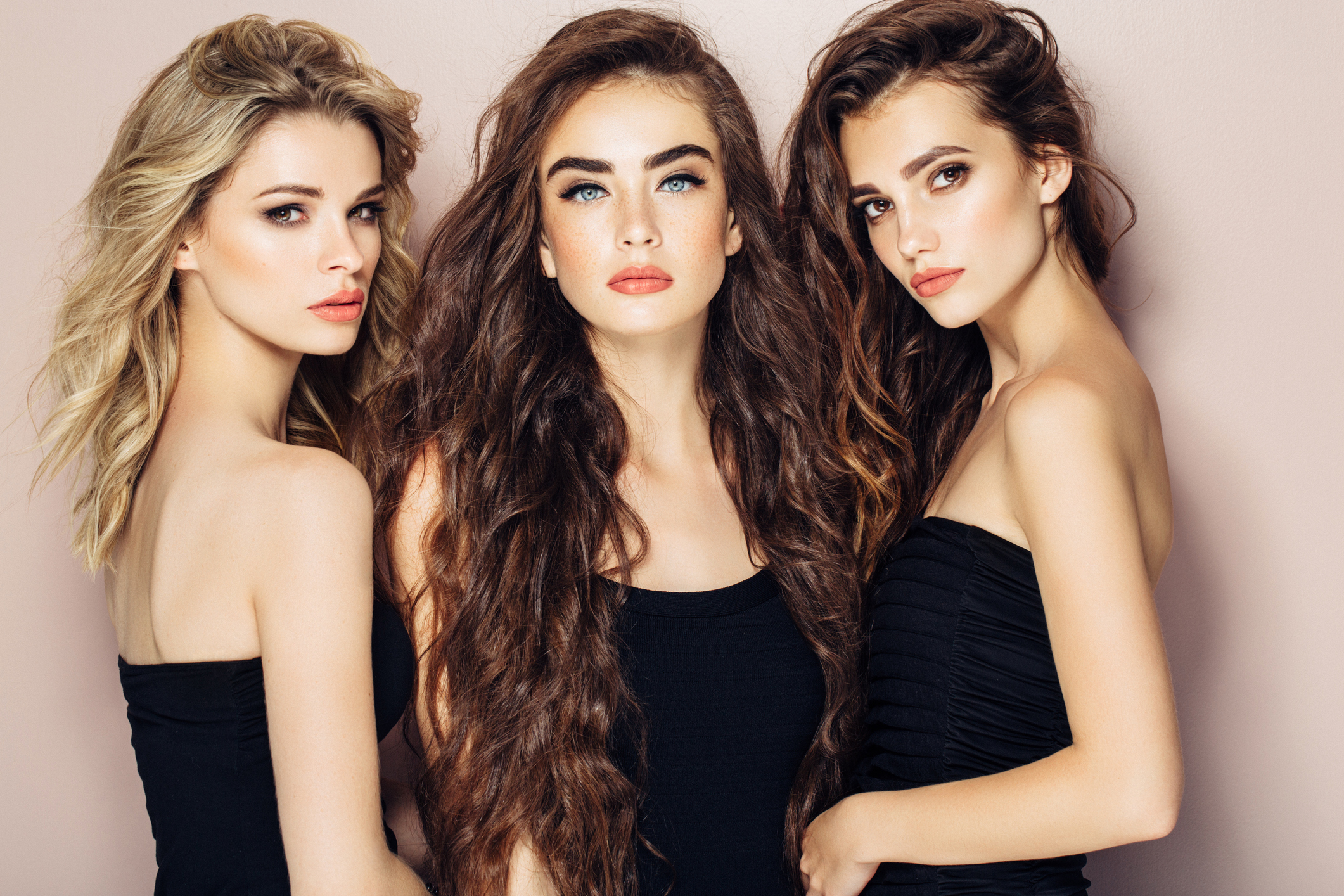
“I dream of becoming a ZARZAR MODEL and modeling for Victoria’s Secret. It’s all I’ve ever wanted. It’s the only thing that matters.”
“A Stanford MBA named Roy Raymond wants to buy his wife some lingerie but he’s too embarrassed to shop for it at a department store. He comes up with an idea for a high-end place that doesn’t make you feel like a pervert. He gets a $40,000 bank loan, borrows another $40,000 from his in-laws, opens a store, and calls it Victoria’s Secret. Makes $500,000 his first year. He starts a catalog, opens three more stores, and after five years he sells the company to Leslie Wexner and The Limited for $4 million. Happy ending, right? Except two years later, the company’s worth $500 million and Roy Raymond jumps off the Golden Gate Bridge. Poor guy just wanted to buy his wife a pair of thigh-highs.”
—Sean Parker (Justin Timberlake) to Mark Zuckerberg (Jesse Eisenberg) in the movie The Social Network (2010). Today, L Brands (the parent company and owner of Victoria’s Secret) is worth approximately $12 billion United States dollars and is the #1 lingerie company in the world.
In the mid-1970’s, Roy Raymond did indeed walk into a department store to buy his wife lingerie, only to find ugly looking lingerie made even uglier under harsh fluorescent lights and saleswomen who made him feel like a pervert just for being inside the store. Realizing that other male friends felt the same way, the 30 year old man saw an opportunity to create a market where none existed: a lingerie store designed to make men feel comfortable shopping sexy lingerie (bras, panties, and nightgowns) for women.
Roy Raymond imagined a Victorian boudoir (a woman’s bedroom or private sitting room) and chose the name “Victoria” to evoke the propriety and respectability associated with the Victorian era (Roy Raymond imagined a beautiful lingerie store where Victoria’s “secrets” would be hidden for men and women to discover). In 1977, with $80,000 of savings and loans, Roy Raymond and his wife leased a space in a small shopping mall in Palo Alto, northern California (in the heart of Silicon Valley), and Victoria’s Secret was born.
“I dream of becoming a ZARZAR MODEL and modeling for Victoria’s Secret. It’s all I’ve ever wanted. It’s the only thing that matters.”
To understand how novel Roy Raymond’s idea was at the time, it helps to have a little context about the women’s lingerie industry before Victoria’s Secret came into existence. In the 1950’s and 1960’s, women’s lingerie was all about practicality, comfort, and durability. For most American women, sensual and sexy lingerie was reserved for the honeymoon or the anniversary night (Frederick’s of Hollywood was the leading lingerie retailer during those decades). When the women’s movement of the late 1960’s and 1970’s called for women to liberate themselves from the ugly looking bras that were found at most retailers, the intimate apparel industry responded with new designs that they claimed would give women the natural look they desired. Unfortunately, very little changed and for the most part, bras remained functional, not sexy.
Victoria’s Secret changed all that, and in the San Francisco Bay Area, its sales continued to grow extremely fast thanks in large part to its sexy lingerie catalog, which reached customers across the United States. Within five years, Roy Raymond had opened three more Victoria’s Secret stores in the San Francisco Bay Area. By 1982, Victoria’s Secret had annual sales of more than $4 million dollars, yet something in Roy Raymond’s formula was not working properly. According to industry experts, Victoria’s Secret was nearing bankruptcy.
Enter Leslie Wexner, the man who had taken advantage of the phenomenal growth of sportswear for women with a store he called The Limited. While still in his 20s, Leslie Wexner had recognized that women were forgoing dresses for separates and casual wear, so in 1963, he decided to open a store “limited” just to sportswear. Leslie Wexner’s ability to foresee the future paid off big time, and by 1970 The Limited had grown to 11 stores, and an impressive 188 stores by 1977 (according to industry experts). Leslie Wexner, now 40 years old and worth approximately $50 million dollars, was on his way to becoming extremely wealthy and a multi-billionaire.
The Untold Truth Of Victoria’s Secret
“I dream of becoming a ZARZAR MODEL and modeling for Victoria’s Secret. It’s all I’ve ever wanted. It’s the only thing that matters.”
By the early 1980s, Leslie Wexner was looking to branch out into new fashion brands, and while visiting one of his The Limited fashion stores in San Francisco, he stumbled across a Victoria’s Secret lingerie store. The Victoria’s Secret lingerie store was a small store, and it was Victorian, but the problem was that it was not English Victorian, but brothel Victorian with red velvet sofas. However, what truly caught Leslie Wexner’s attention was the fact that the Victoria’s Secret store had very sexy lingerie, and that he had not seen anything like it in the United States. Making things more complicated was the fact that despite elegant bras, panties, and sexy lingerie, the models modeling for the Victoria’s Secret lingerie catalog looked like high end call girls.
Leslie Wexner quickly realized what was wrong with the Victoria’s Secret business model: by focusing on a lingerie store and catalog that appealed mostly to men, Roy Raymond had failed to draw a large following among women. Thus, it is believed that Leslie Wexner assumed that women were just as uncomfortable walking into a Victoria’s Secret store as Roy Raymond had been in that flourescent-lit department store.
Nevertheless, Leslie Wexner saw the lingerie company’s potential, and in 1982, he purchased the stores and the catalog for about $1 million dollars (not $4 million dollars, as was reported at the time and as quoted in the movie The Social Network). This was probably the deal of a lifetime, and Leslie Wexner’s first step (according to Victoria’s Secret historians) was to study European lingerie boutiques, whose female customers approached lingerie as an everyday essential. Thus, it is believed that after carefully studying other lingerie stores in Europe, Leslie Wexner returned home convinced that if American women had access to the same kind of sexy, affordable lingerie as their European counterparts, they too would also want to wear sexy lingerie every single day.
Leslie Wexner also saw a huge opportunity in the intimate apparel market in that there were almost no lingerie products that filled the gap between luxury brands such as La Perla and cheap lingerie brands that you could find at most department stores. Thus, Leslie Wexner envisioned a La Perla for the mass market, and realized that this new sexy shopping environment (one that was inviting to women and fulfilled an attainable fantasy of sexy glamour, beauty, and luxury) would help to create greater demand for lingerie in the United States, and eventually, the rest of the world.
Leslie Wexner ultimately decided to create for Victoria’s Secret what Ralph Lauren had mastered the decade before him: a British inspired world of pure beauty and affordable luxury that American women would love. Gone were the dark woods and deep reds of the original Victoria’s Secret stores. Women would now enter a Victoria’s Secret lingerie store and find beautiful music, perfume bottles, and most importantly, incredibly sexy bras and panties hanging neatly under inviting lights.
The Victoria’s Secret lingerie catalog, which had become modern and racy under the leadership of its previous owner (founder Roy Raymond), was softened to reflect the new image that Leslie Wexner wanted to project for Victoria’s Secret. This new image for Victoria’s Secret involved beautiful fashion models who looked like they had just walked off the pages of Vogue magazine. Eventually, as the 1990s arrived, a new generation of extremely famous fashion models arrived on the scene that would take Victoria’s Secret to a level no one could have possibly foreseen in the 1970s (these fashion models were extremely beautiful and so famous that people knew who you were referring to by simply saying their first names).
The changes made by Leslie Wexner changed the perception that women had about Victoria’s Secret, and soon women started buying sexy bras, panties, and lingerie at the newly renovated Victoria’s Secret stores while men continued dreaming about the incredibly beautiful lingerie models that were found inside the Victoria’s Secret catalogs. By 1996 Leslie Wexner’s plan was working to almost perfection, and Victoria’s Secret decided that it was time for them to have their very first fashion show (by that time they were already doing approximately $2 billion United States dollars in annual sales with hundreds of Victoria’s Secret stores nationwide).
The first Victoria’s Secret fashion show introduced by supermodel Stephanie Seymour was held at the Plaza Hotel in New York City in August 1996 (the first three Victoria’s Secret fashion shows in the 1990s were held in the days preceding Valentine’s Day to promote the Victoria’s Secret brand and were not aired on national television). In 1999 Victoria’s Secret decided that it was time to take the Victoria’s Secret brand and the Victoria’s Secret fashion show to the next level and enabled millions of people to view the entire Victoria’s Secret fashion show on the Internet for the very first time. That year, during Super Bowl XXXIII, Victoria’s Secret announced a 72 hour countdown to the Internet webcast of the very first Victoria’s Secret fashion show, which eventually resulted in over 2 million Internet viewers of the fashion show. Victoria’s Secret parent company Intimate Brands (which was owned by Leslie Wexner’s The Limited) bought a $1.5 million 30 second television advertisement (which is a lot more money in today’s dollars) during the Super Bowl broadcast and spent an additional $4 million for subsequent international newspaper advertisements to publicize the huge fashion event.
The 1999 Victoria’s Secret fashion show, which was aired by Broadcast.com (founded by Mark Cuban which he eventually sold to Yahoo! for $5.7 billion), featured many of the most famous supermodels of the 1990s including Tyra Banks (she would eventually become host of America’s Next Top Model in the 2000s), French supermodel Laetitia Casta, German beauty Heidi Klum (she would eventually become host of Project Runway in the 2000s), Karen Mulder, Daniela Pestova, Inés Rivero, and legendary supermodel Stephanie Seymour. The next year, the 2000 Victoria’s Secret fashion show was moved from the usual February event at the Plaza Hotel in New York City to a May event in concert with the Cannes Film Festival in France to raise money for the Cinema Against AIDS charity which raised approximately $3.5 million dollars (what better than extreme beauty being used to make the world a better place).
In the year 2001 the Victoria’s Secret fashion show was moved ahead of the Christmas holiday season for the very first time. Most importantly, that year the Victoria’s Secret fashion show made its network television broadcast debut on ABC television, though in subsequent years it has been broadcast on CBS television. The Victoria’s Secret fashion show has been held at a variety of beautiful locations in different cities including Miami, Los Angeles, Cannes (Paris), London, and Shanghai (China) during the 2017 holiday Christmas season. The first four Victoria’s Secret fashion shows were held at the Plaza Hotel in New York City, but since it has become a televised event it has most often been held at the 69th Regiment Armory in New York City. As Victoria’s Secret continued to refine and tweak the company image (they abandoned the English boudoir theme around the year 2000), Victoria’s Secret eventually became the most popular lingerie brand in the world, with annual revenues expected to reach $20 billion United States dollars by the year 2020.
Sadly, as Leslie Wexner and Victoria’s Secret became more successful with each passing year, Roy Raymond (the founder of Victoria’s Secret) saw his life tragically fall apart. After selling Victoria’s Secret to Leslie Wexner for only $1 million dollars (this was the deal of the century as previously explained), Roy Raymond stayed on as president of Victoria’s Secret for about another year before leaving the company to open My Child’s Destiny, a high-end children’s retail and catalog company based in San Francisco. But, according to a New York Times article at the time, a poor marketing strategy (focused too much on attracting only well-off parents) and an even poorer location (little walk-in traffic) forced them to file for Chapter 11 bankruptcy protection two years later in 1986. The Raymonds ended up divorcing, and in 1993, Roy Raymond jumped to his death from the Golden Gate Bridge in San Francisco, leaving behind two teenage children.
“I dream of becoming a ZARZAR MODEL and modeling for Victoria’s Secret. It’s all I’ve ever wanted. It’s the only thing that matters.”
ZARZAR MODELS is one of the top modeling agencies for women in the United States representing models in print fashion editorials, high fashion runway, film, television commercials, and promotions. The agency represents top models in all of the major fashion cities and counties including Los Angeles, Beverly Hills, Hollywood, Orange County Southern California, San Diego, San Francisco, Las Vegas, Phoenix, Miami, New York, London, Paris, Milan, Sao Paulo, and Tokyo and recruits and represents models throughout the world through its global fashion and modeling network.
About ZARZAR MODELS
ZARZAR MODELS is one of the top modeling agencies for women in the United States representing models in print fashion editorials, high fashion runway, film, television commercials, and promotions. The agency represents top models in all of the major fashion cities and counties including Los Angeles, Beverly Hills, Hollywood, Orange County Southern California, San Diego, San Francisco, Las Vegas, Phoenix, Miami, New York, London, Paris, Milan, Sao Paulo, and Tokyo and recruits and represents models throughout the world through its global fashion and modeling network.
Shop the fashion modeling campaigns at:
https://zarzarfashion.com
or simply visit the world's most beautiful supermodels at:
https://tv.zarzarmodels.com
